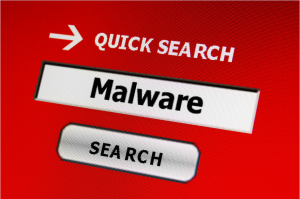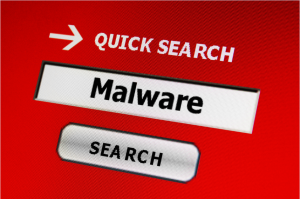- Posted Feb. 2, 2017, 2:58 p.m. - 8 years, 5 months ago
Are You on Top of Your Malware Prevention Practices?
 With the latest State of Malware report from Malwarebytes stating that Europe is the continent most riddled with malware, what measures do you have in place to protect yourself and others in your organisation from becoming infected?
With the latest State of Malware report from Malwarebytes stating that Europe is the continent most riddled with malware, what measures do you have in place to protect yourself and others in your organisation from becoming infected?
Computer Malware
The UK, Spain and France were the top 3 European countries to be infected with known malware applications on traditional computers and laptops – a scary thought when you realise that Britain has higher malware rates than Russia! A lot of people seem to be under the impression that Malware isn’t as serious as a virus or Trojan, but having computers infected with malware can be a costly business – loss of productivity, paying for computer support, removal programs and, in serious cases, brand new computer systems and networks are sometimes the only option.
Mobile Malware
Perhaps one of the newest areas for malware to take hold, mobile malware is fast becoming a big problem, especially as this type of threat is seen to be increasingly using randomisation techniques to avoid detection by security apps. Mobile malware can spread via infected websites and attachments, sent by either email or other file sharing apps such as WhatsApp where users click on the infected document and download it to their device, which then opens it up to infection.
One current example is malware currently targeting Indian WhatsApp users, which centres around 2 malicious .xls files being sent that perpetrate to be from the National Defence Academy and the National Investigation Agency and, if opened, target personal information on user devices such as logins, banking passwords and PINs. You can read more on this here.
Preventative Practices
- The first, perhaps most important, step is to be hyper-aware of the threats posed and how to spot a suspected malware-infested file or website. Make sure everyone else in your organisation is also trained to keep their eyes open and not to open anything they think is suspicious, whether that be a website or a document.
- Secondly, keep track of all mobile devices being used either on your business network or from remote locations but with access to secure areas.
- Security software and firewalls are essential on all desktop computers, and there are mobile apps such as McAfee available on a range of platforms that run in the background on your device and flag up threats.
- It is also important to make sure your website CMS is secure, as well as all shared drives and other shared accounts. Strong passwords are a must, as this will deter hackers who may have gained access via malware.
- Google Search Console will alert you if your website is infiltrated with any suspicious files – this can happen if anyone with access to site files has malware running on their computer and accesses your server.
- Also, keep an eye on all user feedback from your website. If you get reports of something acting oddly, ads appearing or text that you didn’t write, again you may be looking at the work of a hacker!
Latest Articles
-
Our latest testimonial for Infix 6
Dec. 19, 2016, 2:40 p.m. -
Most commonly translated Turkish words
Feb. 6, 2015, 9 a.m. -
Merry Christmas & A Happy New Year
Dec. 25, 2016, 8 a.m. -
New Save PDF to SVG feature introduced to Spire.Office
Dec. 23, 2016, 11:54 a.m. -
Editing educational PDFs – a user perspective
July 21, 2014, 8:03 a.m.


